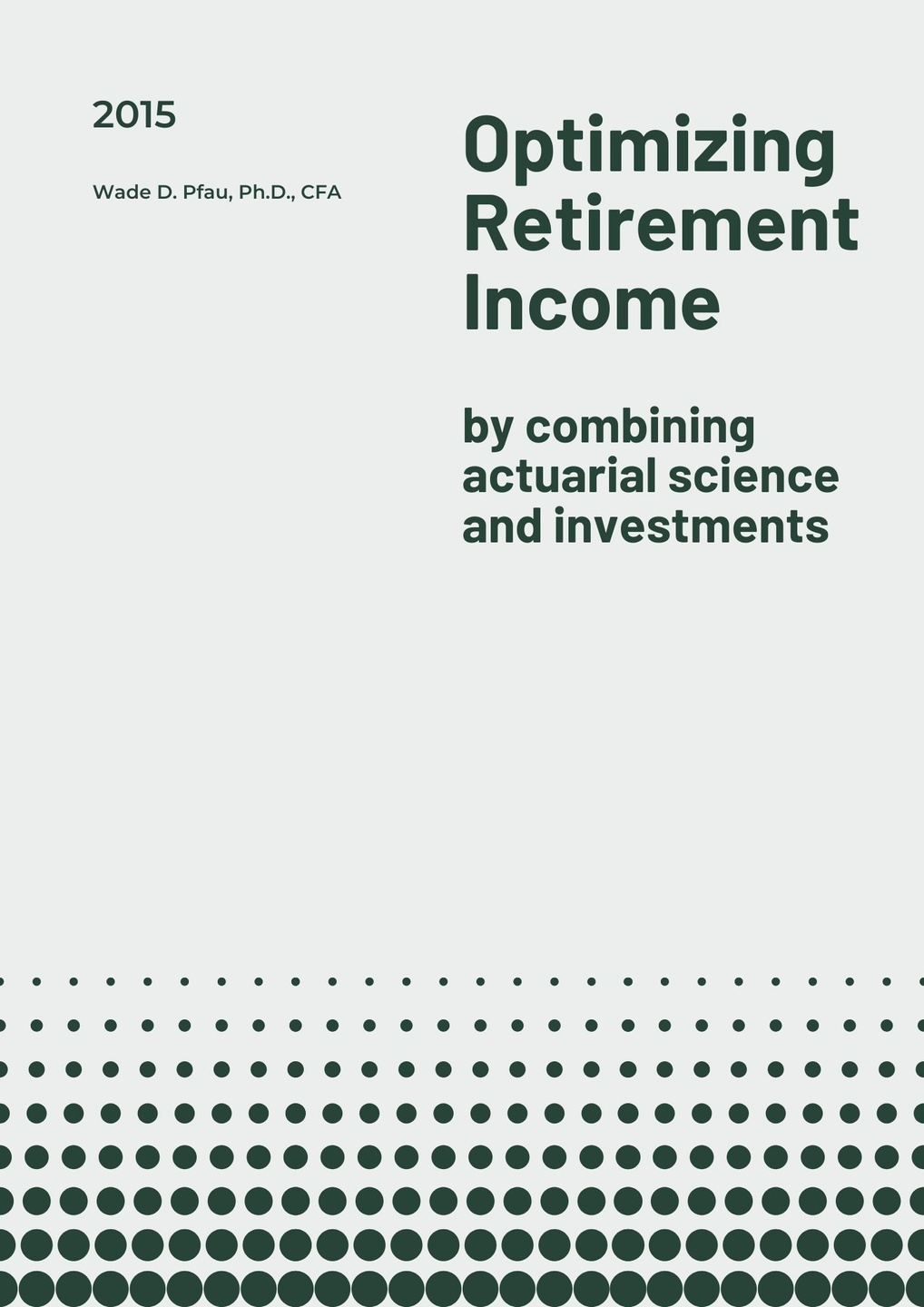Wealth Building Resources
Interested in developing the mindset for privatized banking and wealth creation? We’ve got you covered. We’ve prepared a list of must-have finance books, white papers, and other tools to help you better understand how money and banking work - and how to apply that to your financial life.
Books
(all links are direct, non-affiliate links)
Becoming Your Own Banker
This is the source material for The Infinite Banking Concept®. In this book, Nelson Nash lays out not only the basic framework of using whole life insurance as a means of performing your own banking functions, but also the business theory behind how and why it works.
>> Buy Kindle Version on Amazon ->
Financial Independence in the 21st Century
This is an excellent book to really look at the numbers behind typical retirement plans and cash value banking with whole life insurance. Burnell really brings to light some of the faulty reasoning behind today’s mainstream financial planning.
Rich Dad Poor Dad
The #1 personal finance book of all time. Kiyosaki retells his true story of growing up with “two dads.” His real, highly-educated but poor dad and his friend’s successful businessman “dad,” with an 8th grade education, who taught him about how money really works.
What we do with whole life insurance meshes perfectly with three of his primary money concepts:
- Pay yourself first
- It’s not what you earn, it’s what you get to keep
- Buy assets not liabilities.
How Privatized Banking Really Works
In this book, Carlos Lara and Robert Murphy walk the reader through the nuances of how the Federal Reserve and fractional reserve banking work. And then, in contrast, how privatized banking using Whole Life Insurance could improve the overall economy.
The Case for IBC
Tying together the books Becoming Your Own Banker and How Privatized Banking Really Works, this third book, The Case for IBC, spells out how cash value whole life insurance can be used to strengthen one’s personal finances and investments.
The Pirates of Manhattan (and PoM II)
Barry James Dyke has published several astoundingly well-researched and shockingly candid books about banking, Wall Street, retirement plans, mutual funds, private equity, pensions & annuities, and life insurance.
After reading his books, you'll never look at the world of finance in the same way again.
Live Your Life Insurance
Kim Butler, co-founder of the Prosperity Economics Movement, does an excellent job of crystallizing some of the cash value banking concepts into a short read with great examples and use cases.
Safety-First Retirement Planning
“[The] investments-only attitude is not the optimal way to build a retirement income plan. There are pitfalls in retirement that we are less familiar with during the accumulation years. The nature of risk changes. Longevity risk is the possibility of living longer than planned […]. Sequence-of-returns risk, and it acts to amplify the impacts of market volatility in retirement. Traditional wealth management is not equipped to handle these new risks in a fulfilling way.”
Economics in One Lesson
A seminal work in economics, this book will walk you through, in easy-to-read layman’s terms, the logic of various economic policies, from War to Rent Control, with the “One Lesson” applied. This is a must-read for understanding the universal economic principle of opportunity cost.
Reports & Whitepapers

A basic investment portfolio allocates assets between stocks and bonds. Stocks are volatile investments which focus on growth, and bonds are generally used to diversify and reduce overall portfolio volatility. The benefits from investment strategies are liquidity and upside growth potential.
But investments alone do not necessarily create an efficient retirement plan. By efficiency, we mean that there may be an alternative way to structure retirement assets and life insurance during working years, to be able to support a higher level of retirement spending, as well as an equal or greater amount of financial assets to be available as part of a legacy.
Actuarial science principles can contribute to better retirement outcomes.
Included in my free resources bundle.

Actuarial science principles can contribute to better retirement outcomes. Actuarial science allows personal retirement planning to be treated more like a defined-benefit pension plan. These plans can pool financial market risks between different cohorts and can pool longevity risk between different individuals within the same cohort. By including actuarial science, longevity protected spending can be determined in advance through these pooling mechanisms.
In contrast, those relying on their own devices to manage market and longevity risks must behave conservatively with regard to market return assumptions and the planning horizon, lest they run out of assets. And even with conservative spending assumptions, investment portfolios do not have guarantees and remain vulnerable to depletion.
Included in my free resources bundle.

As of January 2013, intermediate-term real interest rates are about 4% less than their historical average. Calibrating bond returns to the January 2013 real yields offered on 5-year TIPS, while maintaining the historical equity premium, causes the projected failure rate for retirement account withdrawals to jump to 57%. The 4% rule cannot be treated as a safe initial withdrawal rate in today’s low interest rate environment.
Because of sequence of returns risk, portfolio withdrawals can cause the events in early retirement to have a disproportionate effect on the sustainability of an income strategy. We simulate failure rates if today's bond rates return to their historical average after either 5 or 10 years and find that failure rates are much higher (18% and 32%, respectively for a 50% stock allocation) than many retirees may be willing to accept.
Included in my free resources bundle.
Learn More
Explore more resources from StackedLife
HAVE MORE QUESTIONS? WE'RE HERE TO HELP.
Schedule a Consultation
Schedule a free 30 minute initial consultation, via web meeting or phone call.








